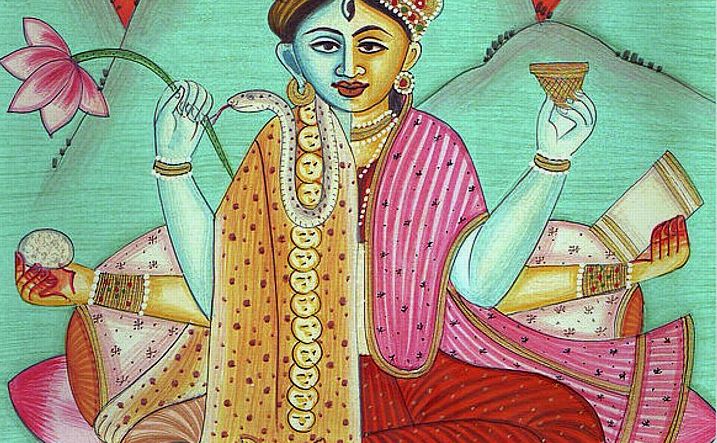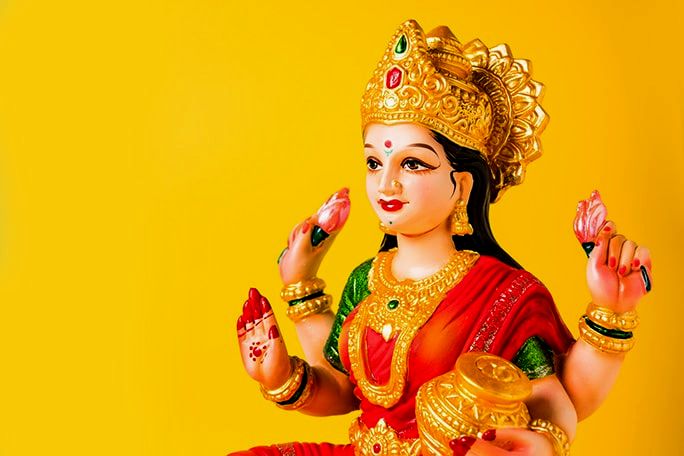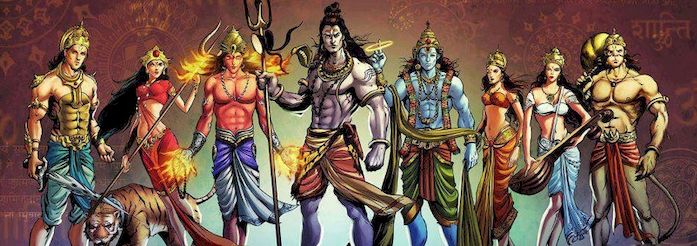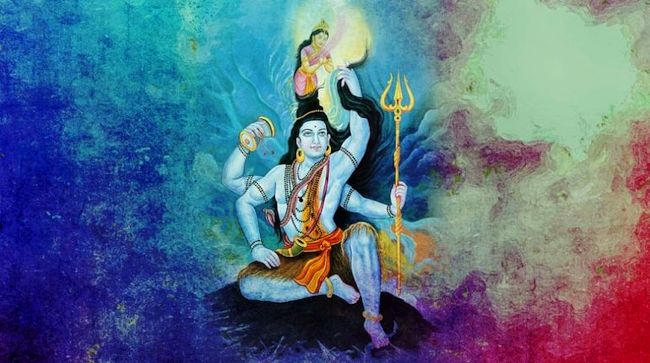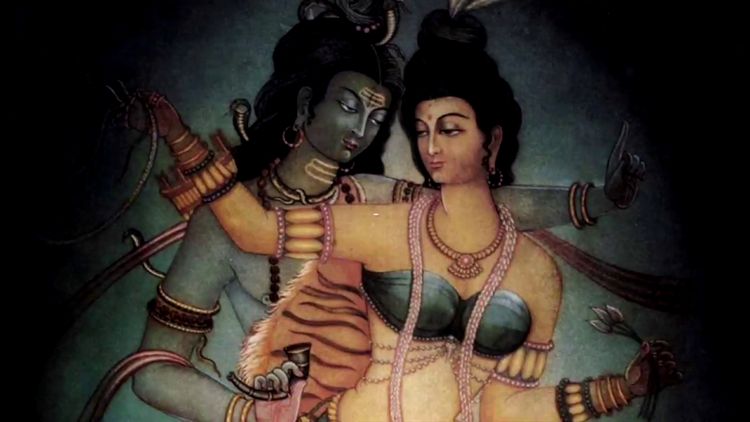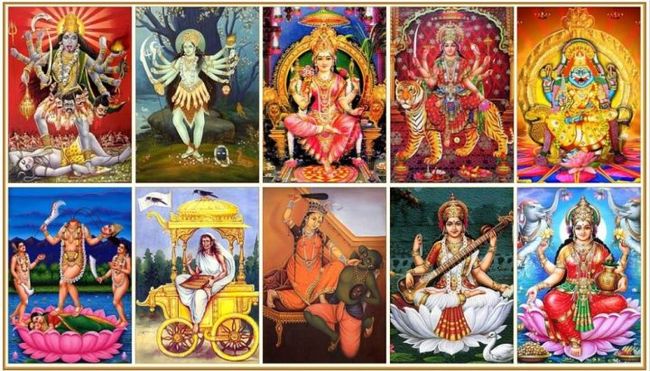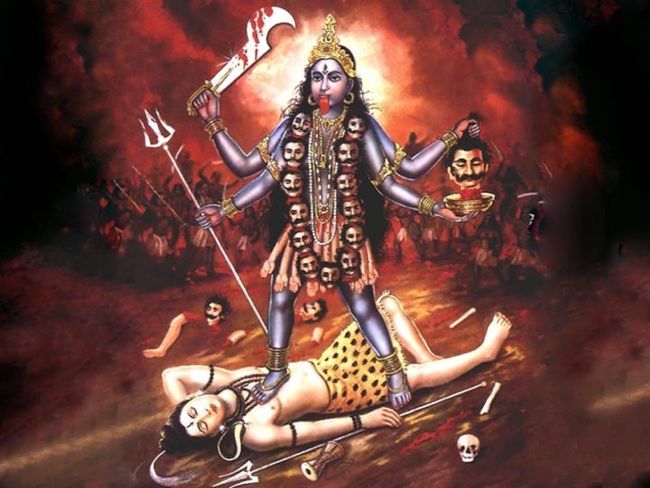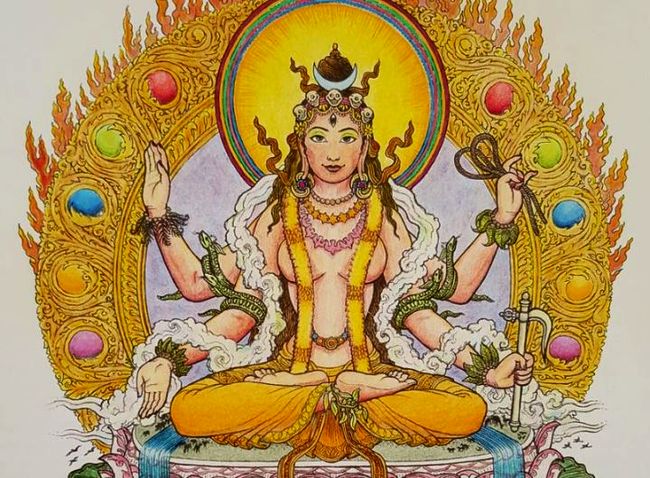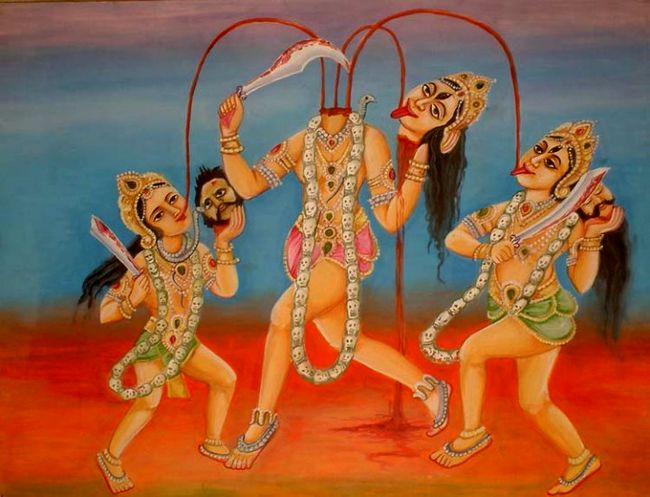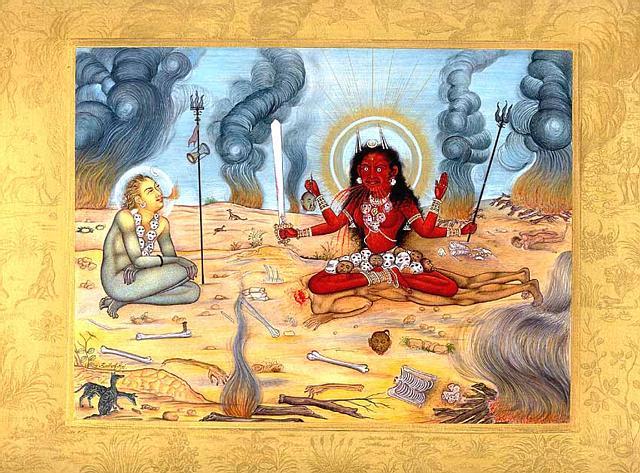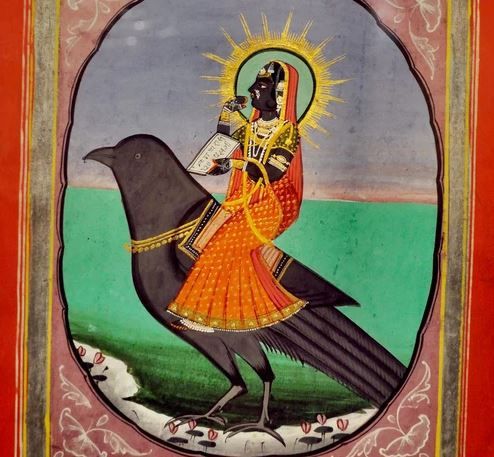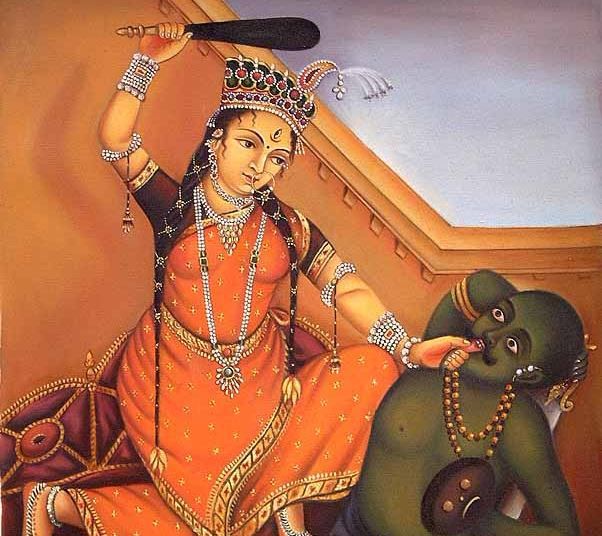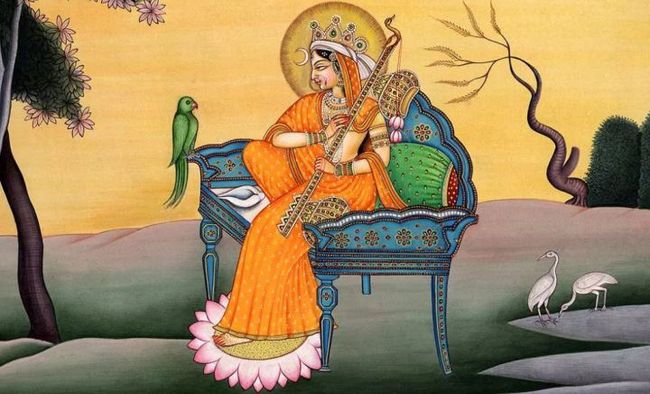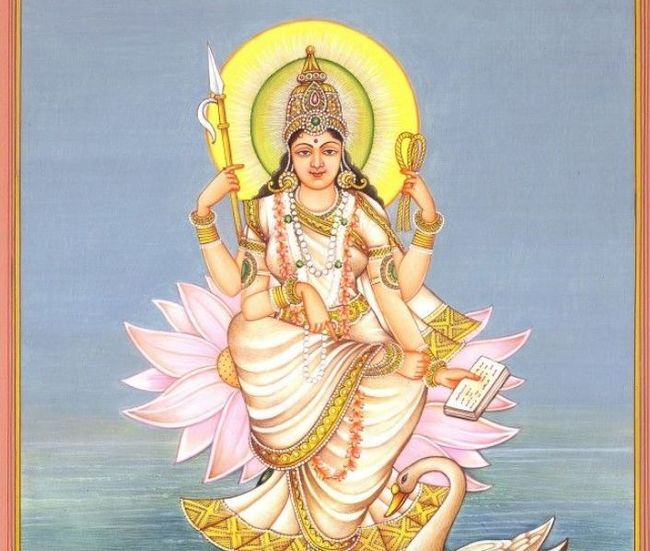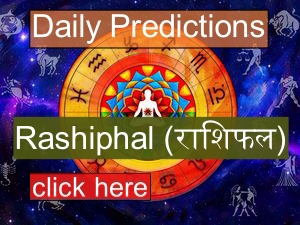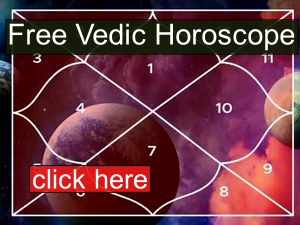Nataraja - The Cosmic Dancer (Tradition, Devotion, Art and Science)

The significance of the Nataraja (Nataraj) sculpture is said to be that Shiva is shown as the source of all movement within the cosmos, represented by the arch of flames. The purpose of the dance is to release men from illusion of the idea of the "self" and of the physical world. The cosmic dance was performed in Chidambaram in South India, called the center of the universe by some Hindus. The gestures of the dance represent Shiva's five activities, creation (symbolized by the drum), protection (by the "fear not" hand gesture), destruction (by the fire), embodiment (by the foot planted on the ground), and release (by the foot held aloft).
As Nataraja (Sanskrit: Lord of Dance) Shiva represents apocalypse and creation as he dances away the illusory world of Maya transforming it into power and enlightenment.
The symbolism of Siva Nataraja is religion, art and science merged as one. In God's endless dance of creation, preservation, destruction and paired graces is hidden a deep understanding of our universe.
Bhashya Nataraja, the King of Dance, has four arms. The upper right hand holds the drum from which creation issues forth. The lower right hand is raised in blessing, betokening preservation. The upper left hand holds a flame, which is destruction, the dissolution of form. The right leg, representing obscuring grace, stands upon Apasmarapurusha, a soul temporarily earth-bound by its own sloth, confusion and forgetfulness. The uplifted left leg is revealing grace, which releases the mature soul from bondage. The lower left hand gestures toward that holy foot in assurance that Siva's grace is the refuge for everyone, the way to liberation. The circle of fire represents the cosmos and especially consciousness. The all-devouring form looming above is Mahakala, "Great Time." The cobra around Nataraja's waist is kundalini shakti, the soul-impelling cosmic power resident within all. Nataraja's dance is not just a symbol. It is taking place within each of us, at the atomic level, this very moment. The Agamas proclaim, "The birth of the world, its maintenance, its destruction, the soul's obscuration and liberation are the five acts of His dance."
Lord Shiva is one of the three primary deities of the Hindu trinity and is worshiped as the destroyer and transformer of the world. Furthermore, the symbolism of Shiva Nataraja is a unique yet profound merge of religion, art, and science as one. In God’s endless dance of creation, preservation, destruction, and paired graces is hidden a deep understanding of our universe. Nataraja’s dance is not just a symbol, it is phenomenon taking place within each of us, at the atomic level, this very moment. The Agamas proclaim, “The birth of the world, its maintenance, its destruction, the soul’s obscuration and liberation are the five acts of His dance.”

Tandava, a dance believed to be the source of the cycle of creation, preservation, and destruction is the dance portrayed in the statue of Lord Shiva. This Tandava dance of shiva is best described in Shiva Tandava Stotram. The dance exists in five forms which shows the cosmic cycle from creation to destruction. It is believed that Lord Shiva danced the Universe into existence, motivates it, and will eventually extinguish it.
This cosmic dance of Shiva is called 'Anandatandava,' meaning the Dance of Bliss, and symbolizes the cosmic cycles of creation and destruction, as well as the daily rhythm of birth and death. The dance is a pictorial allegory of the five principle manifestations of eternal energy—creation, destruction, preservation, salvation, and illusion. According to Coomaraswamy, the dance of Shiva also represents his five activities: 'Shrishti' (creation, evolution); 'Sthiti' (preservation, support); 'Samhara' (destruction, evolution); 'Tirobhava' (illusion); and 'Anugraha' (release, emancipation, grace).
Shiva’s form of Nataraja symbolizes the cosmic dance of creation and destruction. More interestingly, CERN which is located at Geneva and It is one of the biggest and greatest scientific research centers in the world and interestingly it has a statue of Shiva Nataraja gifted to CERN by the Government of India.
According to quantum field theory, the dance of creation and destruction is the basis of the very existence of matter. Modern physics has thus revealed that every subatomic particle not only performs an energy dance but also is an energy dance; a pulsating process of creation and destruction. For the modern physicists then, Shiva’s dance is the dance of subatomic matter, the basis of all existence and of all natural phenomena.”
Lord Shiva is one of the three primary deities of the Hindu trinity and is worshiped as the destroyer and transformer of the world. Furthermore, the symbolism of Shiva Nataraja is a unique yet profound merge of religion, art, and science as one. In God’s endless dance of creation, preservation, destruction, and paired graces is hidden a deep understanding of our universe.
The symbolism of Siva Nataraja is religion, art and science merged as one. In God's endless dance of creation, preservation, destruction and paired graces is hidden a deep understanding of our universe.
Shiva loves the dance and music much its the way of devotion or expression to please the shiva. Shiva is the Source of All Art Forms in universe and in us. One of the more significant dimensions of Shiva is Natesha – the source of all arts.
The south india temples have long and old tradition of dance to please the lord Shiva. Lord Shiva is considered the god of all dance form.
Bharatanatyam is a classical Indian dance form that originated in the temples of Tamil Nadu, a southern province of India performed by the temple dancers called Devadasis.
The Shiva Pradosh Stotra states that all gods and goddesses play their respective instruments when Lord Shiva performs the “Sandhya Tandava” in the evenings at Kailash.
Various forms of Tandava have their variations as the Samhara Tandava, Kali Tandava, Uma Tandavam Ananda Tandava, Gauri Tandava and Tripur Tandava.
Lalita Tripura Sundari And Sri Chakra Puja

Tripura Sundari means the most beautiful all over the universe. Devi Worship systems in general are quite secret because they are all built around occult systems of Worship.As Shodashi, who is one of the ten incarnations. Now the term Das Mahavidya refers to the ten Goddesses of wisdom, and the third Goddess from the series is Goddess Tripura Sundari. The series of the Das Mahaidyas can be enlisted as -
Kaali, Matangi, Tripur Sundari, Bhuvaneshwari, Taara, Tripurbhairavi, Dhoomavati, Baglamukhi, Kamla, and Chinnamasta. Lalita also known as Mahatripursundari, Sodashi & kameswari is the supreme form of goddess.
Lord Kal Bhairav and Kal Bhairav Ashtakam

Lord Shiva has a few structures and symbols (sign of a divinity in actual body structure). In spite of the fact that his unique austere structure is generally loved, his Pashupatinath and Vishwanath symbol are additionally very celebrated. Yet, quite possibly the most fearsome symbols of Lord Shiva is the Kal Bhairav. This type of Shiva, portrayed by Adi Shankaracharya in the Kal Bhairav Ashtakam, is demonstrated to be exposed, dark, laced with a wreath of skulls, three eyes, weapons of annihilation in his four hands, and laced with snakes.The vehicle of Kal Bhairav is shvaana (a canine). It is the most fearsome portrayal of Lord Shiva. Kal Bhairav is the lord of death/time. In otherworldliness, the words 'demise' and 'time' are representative. Shvaana is framed from two words shva and na. In Vedic writing, the importance of shva is tomorrow just as yesterday, and the significance of na isn't. So shvaana implies something which is neither yesterday nor tomorrow, something which is just in the now, the current second. In this way, Kal Bhairav is somebody who is neither yesterday nor tomorrow.
Lord Kal Bhairav is depicted as bhoot sangha nayaka - the ruler of the pancha bhootas - which are earth, fire, water, air, and ether. He is the granter of a wide range of pined for greatness throughout everyday life, all the information that we want. There is a distinction among learning and greatness and this condition of happiness gives an individual all the desired greatness. By recalling Kal Bhairav, an individual achieves the rapture that is in the most profound territory of Samadhi, where you are without all concerns - not pestered by nothing.

